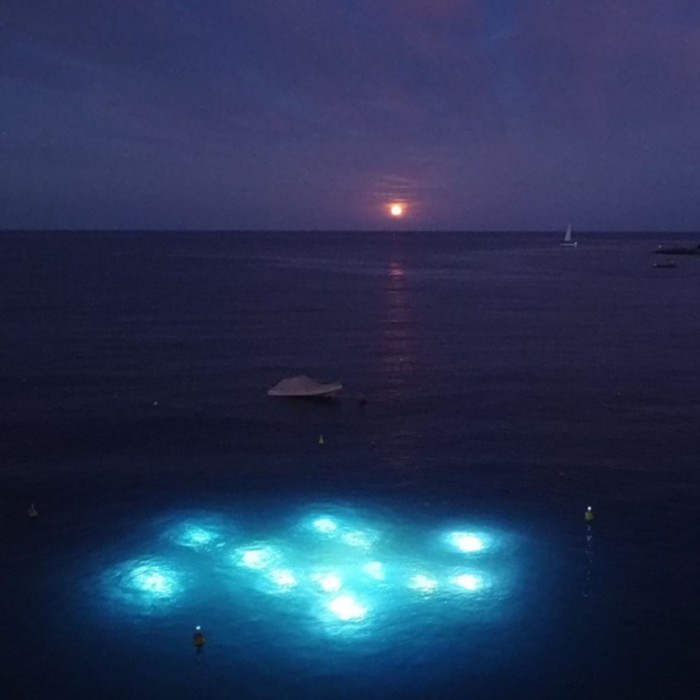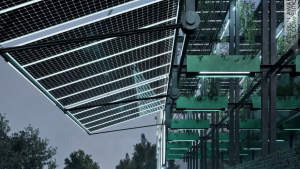Located off the coast of Noli in northern Italy, Nemo’s Garden is an alternative system of agriculture in which crops are grown entirely underwater in greenhouse-like biospheres.
In the summer of 2012, Sergio Gamberini, the founder of diving-equipment firm Ocean Reef Group and a passionate gardener, was lounging on the beach, thinking about ideal growing conditions for basil - like most herbs, basil thrives in protected, sunny locations with well-drained soils and a constant, stable temperature. This led to the notion of growing plants underwater, and what started as a bizarre idea turned into Nemo’s Garden, the world’s first underwater garden.
Gamberini and his team started experimenting with the concept, sinking transparent biospheres about six metres below the surface of the sea and filling them with air.
In the decade since its conception, Nemo’s Garden has grown into a fully fledged garden with 259 plants in six air-filled biospheres anchored to the seabed by chains and screws.
How do the plants grow inside the biospheres? Key factors include temperature (of both the air inside the sphere and the surrounding seawater), light and humidity. Each biosphere is equipped with a ring of lights on its ceiling to provide illumination, a fan to keep the air circulating, and a self-sufficient watering system - as the water in the biosphere evaporates, it condenses on the internal surfaces, in this way watering the plants inside.
As a constant experiment, Nemo’s Garden has also turned into an alternative to conventional agriculture. Gamberini hopes that it could one day provide a source of food for coastal communities, offering an alternative system of crop growing for areas with environmental, economic or morphologic conditions that make plant growth extremely difficult.
And the potential doesn’t stop at growing crops - the biospheres could also be used for ecotourism, fish farming, scientific research or underwater wildlife-monitoring stations. ‘Every year, we are discovering new possible applications for the biospheres,’ says the project’s coordinator Gianni Fontanesi.
Watch a livestream of the underwater biospheres and check out live data from their sensors here https://inda.ba/3FcKU3S.
Read more
International Underwater Station by Yves Behar
From pineapple waste to period products
Pic credit: Nemo’s Garden.








